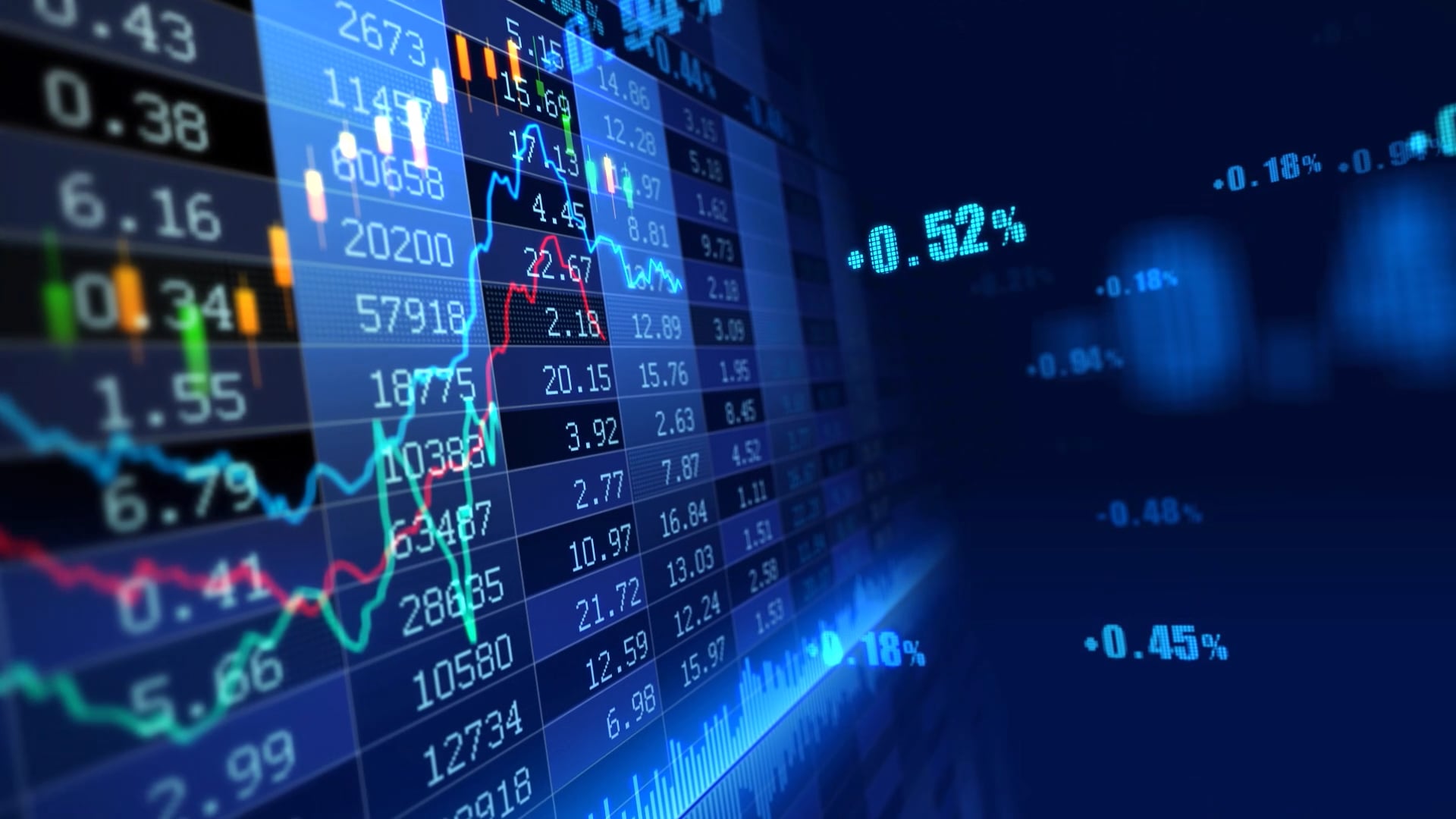Contracts for Difference (CFDs) are a popular form of derivative trading that allows investors to speculate on the price movements of various financial instruments without actually owning the underlying asset. In simple terms, when you trade cfds, you are essentially entering into a contract with a broker to exchange the difference in the value of an asset from the time the contract is opened to when it is closed.
One of the key features of CFD trading is the ability to use flexible leverage, which allows traders to amplify their potential returns by controlling a larger position with a relatively small amount of capital. This means that traders can potentially profit from both rising and falling markets. However, it’s important to note that while leverage can magnify gains, it can also amplify losses, so it should be used with caution.
CFDs are available on a wide range of underlying assets, including stocks, indices, commodities, and currencies. This provides traders with the flexibility to diversify their portfolios and take advantage of opportunities in different markets. Additionally, CFDs are traded on margin, which means that traders only need to deposit a fraction of the total value of the trade to open a position. This allows for greater capital efficiency and the potential for higher returns.
Another important aspect of CFD trading is the ability to go long or short on an asset. Going long means buying a CFD in the expectation that the underlying asset will increase in value, while going short means selling a CFD in the expectation that the underlying asset will decrease in value. This flexibility allows traders to profit from both rising and falling markets, which can be especially valuable in volatile or uncertain market conditions.
When trading CFDs, it’s essential to understand the risks involved. Because CFDs are leveraged products, losses can exceed the initial investment, and traders may be required to deposit additional funds to cover their positions. It’s crucial to have a solid risk management strategy in place and to only trade with funds that you can afford to lose.
In conclusion, CFDs offer a flexible and versatile way to trade a wide range of financial instruments, with the potential for both high returns and high risks. By understanding how CFDs work and implementing sound risk management practices, traders can potentially profit from both rising and falling markets. However, it’s essential to be aware of the risks involved and to trade responsibly.
